Catnip Uses & Its Effects on Cats
Catnip, also known as catnep, catmint, catrup, catwort, nip, nep, or field balm. You might associate the pretty herb with the psychoactive effects it has on cats, but catnip has many more uses than for amusement. Find out more about catnip’s uses as well as its effects in this article.
CATS
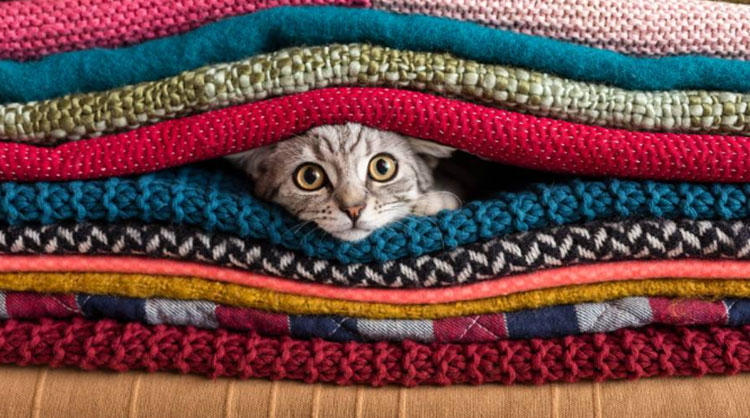
Posted by bravectosouthafrica – 02 April 2020
What is Catnip?
You may have heard about catnip’s effect on cats or its medicinal uses, but do you know what it is? The feline magic plant is a long-living herb originating from Europe. Dried leaves and flowering tops that are strained make up the medicinal part on the plant.
Catnip is used differently and can be taken orally, applied to the skin or inhaled. When it’s processed, it can be used as a component of pesticide or insecticide.
The herb is a member of the mint family, and it’s just as fragrant due to some of its more volatile molecules. Felines can detect its fragrant perfume from far away. Although catnip has an enjoyable effect, it is harmless and non-addictive. The catnip that affect cats, mammals and insects attracts butterflies with its lovely scent and pollen. The oils also double as an insect repellent.

Catnip’s Historical Uses
Catnip has been around for ages, and its uses range from medicinal, flavouring in cooking and brewing to smoking. According to Drug.com, the first documented catnip herbal tea recipe was published in the General Irish Herbal in 1735.
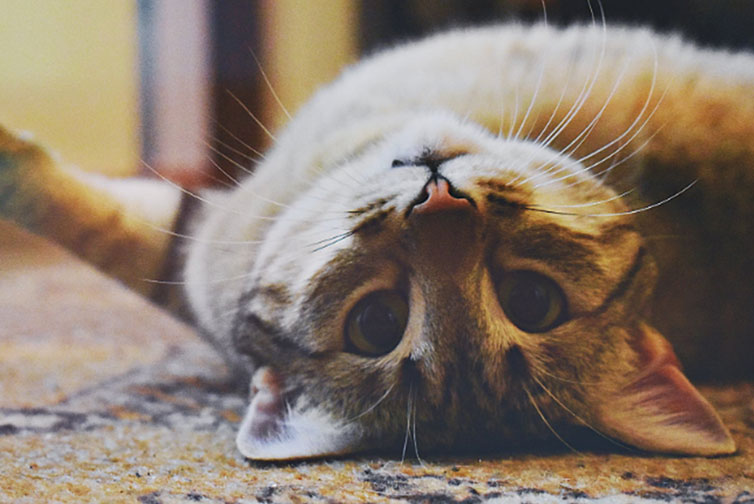
Using Catnip on Cats
Even though cats were not the first receivers of catnip, the adorable side effects have rooted the use of catnip on cats in our history books. We have all but forgotten the traditional medicinal uses as the cute catnip induced state of kitties eclipses the once logical applications of the herb.
Not only are cats susceptible to the volatile oils from the Nepeta cataria, but one whiff will cause odd behaviour in dogs as well. The effects, however, cannot be more different. Cats exhibit a euphoric, relaxed state, while dogs become highly energised and invigorated – not ideal if you’re trying to teach your pet to behave.
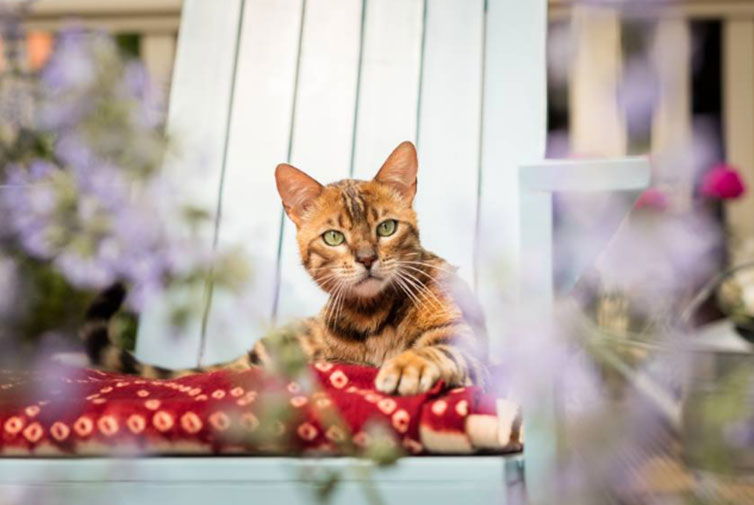
Effects of Catnip on Cats
Catnip, can, once inhaled, cause various behaviours in a cat, many of these resemble the behaviour of a queen in heat. You may notice any of the following cat behaviours if you’ve given Fluffy catnip: rolling, salivation, jumping, vocalisation and rubbing on catnip. This catnip high can last from 5 to 15 minutes, and afterwards, a cat will be immune to its effects for about half an hour.
Not all cats respond to catnip. Roughly 80 % of cats inherit the ability to respond to catnip. If your kitten doesn’t react to catnip, wait until they reach sexual maturity at about six months of age. Cats that are too young won’t be affected by the plant. Other plants from the mint family might cause a similar reaction in cats that are particularly sensitive to volatile compounds.
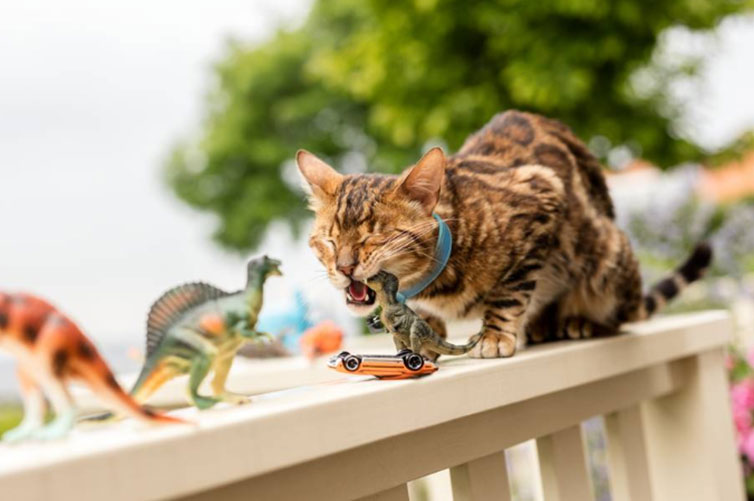
Is Catnip Safe?
Despite the psychoactive effects it has on felines (and canines), catnip is an entirely safe and non-addictive herb to cats. Over-indulging in the catnip plant could lead to an upset stomach – that’s if your cat eats the leaves instead of inhaling the volatile oils.
Kitties that respond to catnip enjoy the intoxicating effects. But if you give them too often, they will build up their tolerance and lose the ability to react to this herb, regardless of how many good sniffs they take.
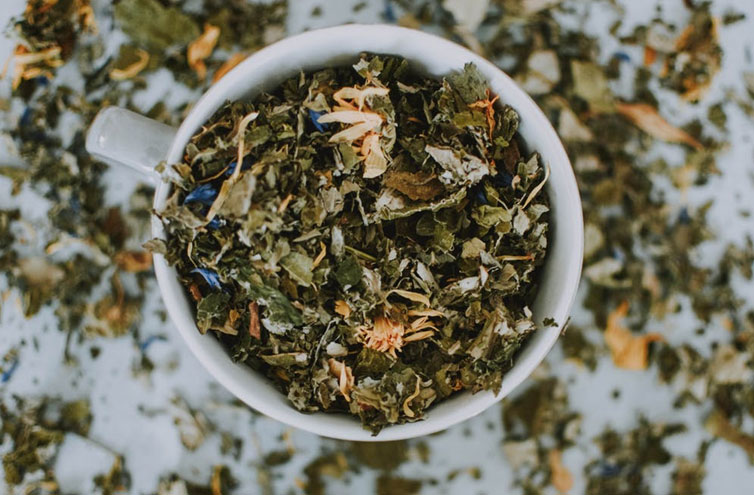
Catnip Uses for Humans
The contemporary moniker, ‘catnip’ comes from a cat’s affinity to the plant. But traditionally catnip’s dried flowers and leaves have been used to treat various maladies, whether it’s as a tea or an ointment. The leaves and flowers have a relaxant effect while roots and stems act as a stimulant.
Drinking catnip tea (made from leaves as well as flowers) could remedy small niggles like headaches, anxiety, insomnia even hives. Ingesting catnip can help treat gastrointestinal problems like lack of appetite, diarrhoea, indigestion including other ailments like the common cold.
Use Catnip to Make Tea
If you have a catnip plant or dried leaves and flowers, you can brew a relaxing cup of catnip tea. Pour boiling water into a cup or teapot and add two teaspoons of dried catnip and let it seep for up to 10 minutes. Add lemon or honey if you prefer a subtler herby taste.
Since the minty plant doubles as a relaxant, it can cause drowsiness. If you’re taking sedatives or other medication that causes sleepiness, drinking catnip tea could make you too drowsy. For this reason, it’s best not to give children catnip tea as they may become excessively sluggish.
Health Benefits of Using Catnip
The calming effects of catnip come from its component nepetalactone, which resembles an ingredient commonly found in valerian, a herbal sedative. This ingredient can promote relaxation as well as improve moods.
As a diuretic, catnip can also stimulate uterine contraction, which can aid in childbirth.
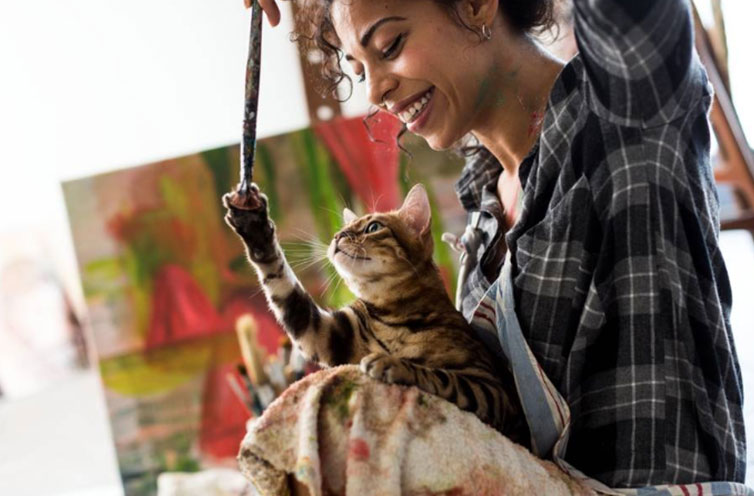
How Does the Catnip Plant Work?
Catnip’s molecular makeup is the secret behind its psychoactive characteristics. The volatile oil, specifically nepetalactone which makes about 70-99% of its essential oils, is fragrant and attracts cats from far away in its metabolic form, nepetalic acid. Your cat can detect and respond to catnip molecules in the air, from as low as the concentration of 1:1011.
Once catnip Nepeta cataria is acid that enters the nasal tissue of a cat, it attaches to protein receptors which stimulate the olfactory neurons. In turn, several areas in the brain (including the amygdala and hypothalamus) will be led to react to the stimuli. These two sections in the brain control emotional and physical responses as they send out the molecular data to the regions that control behaviour.

Growing Catnip
You can quickly grow catnip. Whether you plant catnip for its lovely fragrance, medicinal uses or natural feline entertainment, your garden will undoubtedly get a green boost with the addition.
As the herb is a spirited grower, placing it in a pot with well-drained soil will help to keep it under control. Catnip needs regular watering and a sunny spot to thrive. After its first flowering, the catnip plant needs to be cut down to ensure healthy regrowth and flowering the following season. You can also shape plants to grow neater and denser by pinching their stems while they are still growing.
It’s best to keep it out of reach or behind an enclosure of sorts. You can harvest catnip when it is in bloom. Cut off the entire plant, and hang it facing the floor in a dark, well-ventilated room. Once it’s dried, you can store the leaves, flowers and stems separately for different catnip uses. If you want to preserve its psychoactive properties, you need to freeze the leaves to maintain the effectiveness.
Enjoy playtime with your kitty with peace of mind. Trust Bravecto® with protecting your cat from ticks, fleas and ear mites. One dose of Bravecto® Spot-On for Cats is easy to apply with the Twist’n’Use™ applicator, and lasts for up to 3 months!
Subscribe to our Newsletter
Get to know your furry friend better! Sign up for all things dog- or cat-related.
The Hairy Facts about the dreaded hairball
12 April 2021
Help! My dog’s barking mad! Volume 2
12 April 2021
Your Itchy, Scratchy Cat – All About Cat Skin Problems
12 April 2021
The Dog’s Diet: A Bone of contention?
01 April 2021
Mango Fly Worms: How to Spot and Eliminate them
Posted on November 28,2019
Managing Mange And Mites In Your Dog
Posted on June 11,2018
Why Do Cats Purr and How? Learn What Your Cat Is Saying
Posted on October 14,2020
How to Get Rid of Ear Mites in Dogs
Posted on November 06,2019









